Connecting to the future : Improving Grazing Practices Regenerating Native Forests in Australia
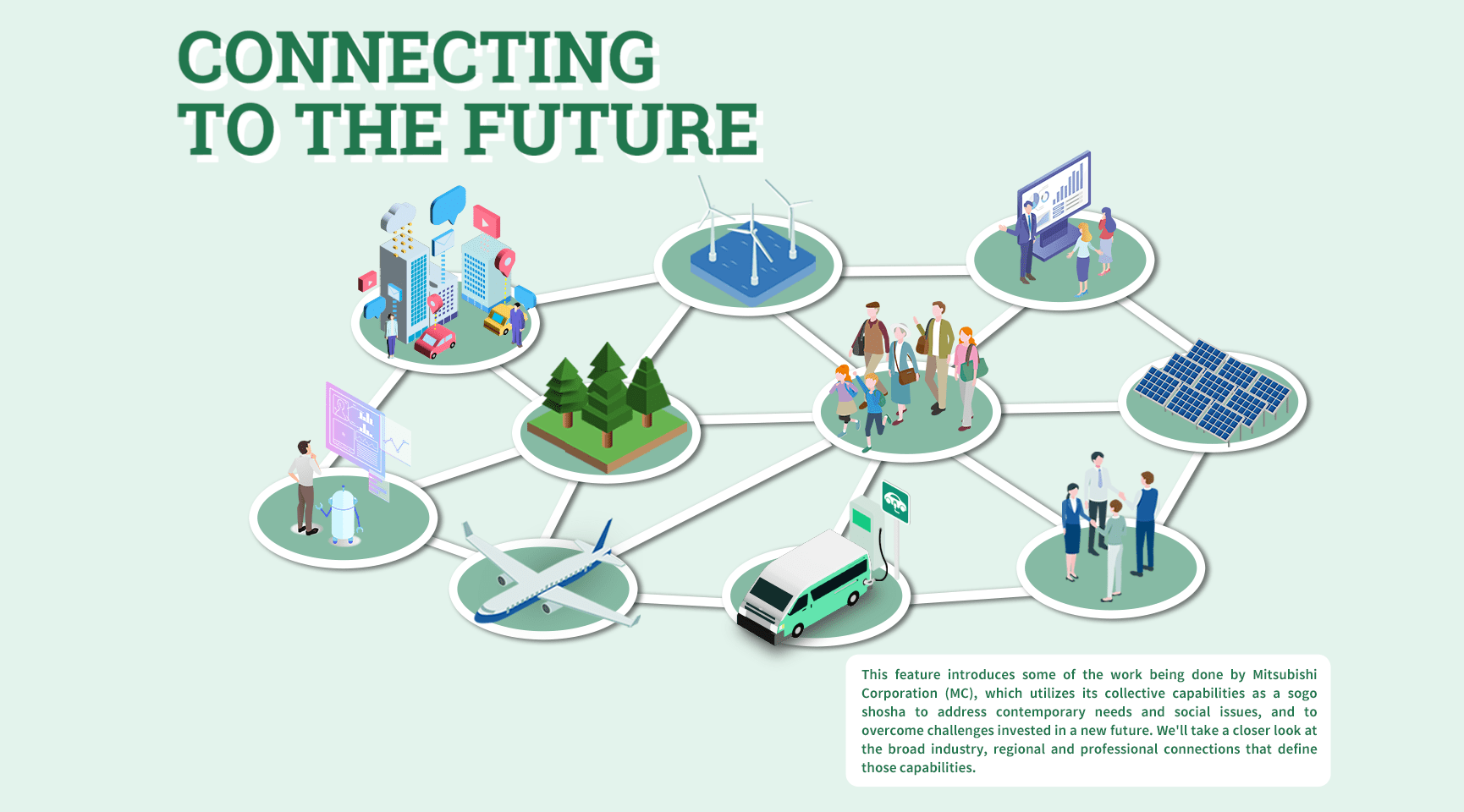
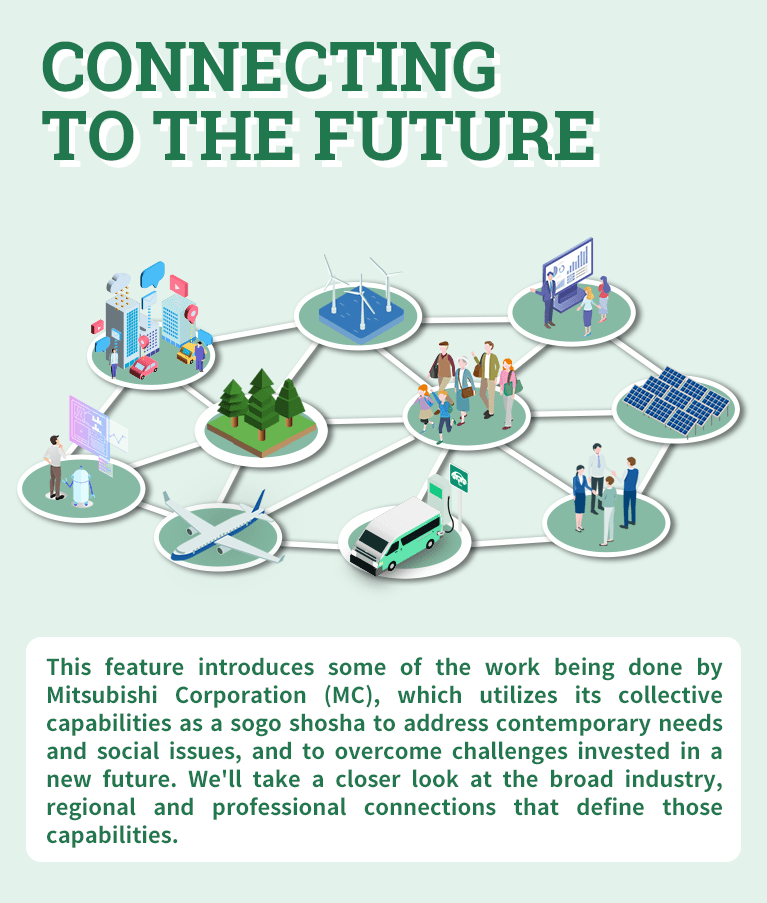
Teaming with Farmers to Decarbonize vol.1
Improving Grazing Practices
Regenerating Native Forests in Australia
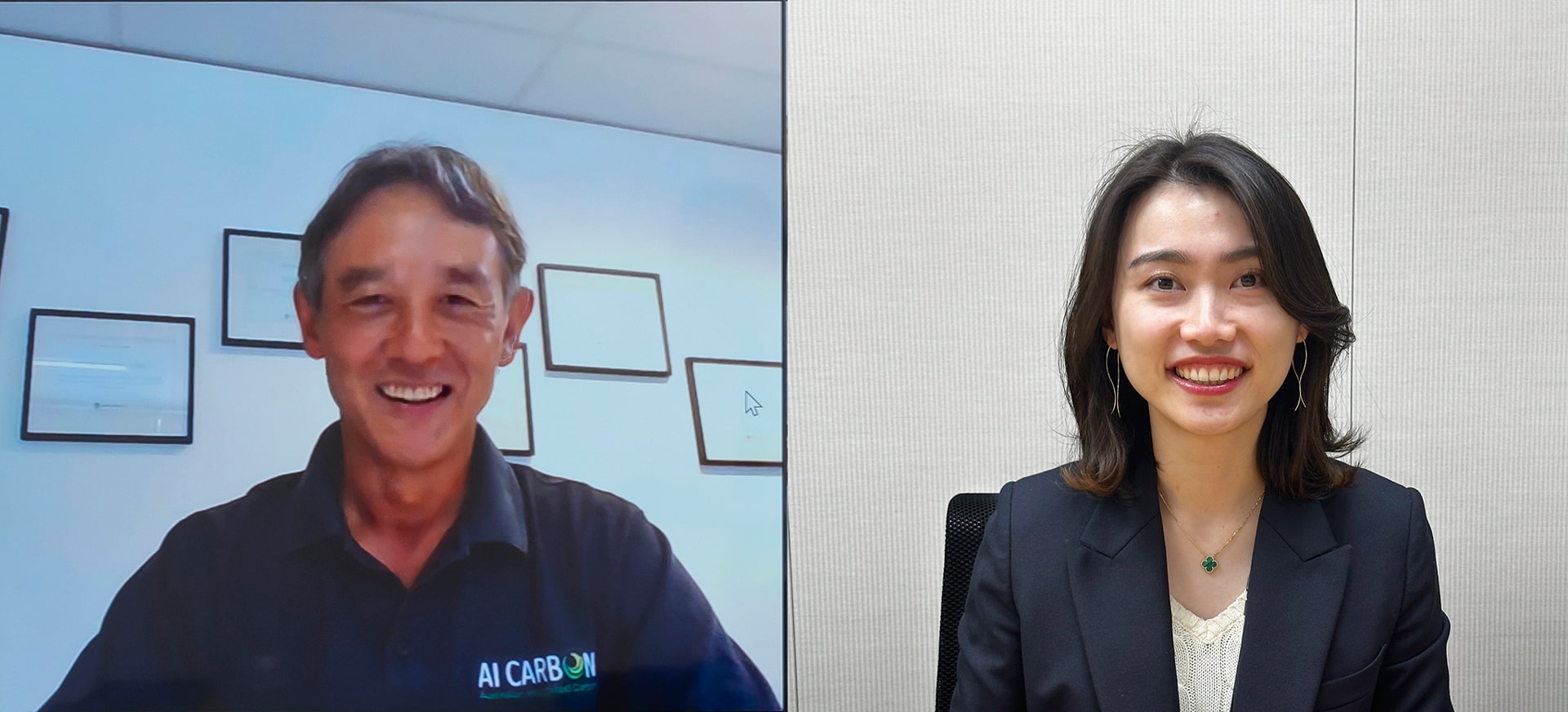
As countries around the world race to achieve their carbon-neutral by 2050 goals, MC is taking on new challenges in agriculture to help societies decarbonize.
In Part 1 of this series, we will deep dive into a project in Australia, which aims to regenerate native forests. Efforts to regrow these Native Forests to absorb CO2 and generate carbon credits have been heavily backed by the government and gained attention from around the world. In 2021, MC and Nippon Yusen acquired a 40% share in Australian Integrated Carbon (AI Carbon), a company that engages in such activity. Two MC employees in Sydney and Tokyo, who have been involved since its beginning describe the aims and background, and share their thoughts on the global push to decarbonization.
- Discussion Participants
-
Genta Tsujikawa (Chief Governance Officer, Australian Integrated Carbon Pty. Ltd. / On secondment from Mitsubishi Australia Limited's Perth Branch)
Otoha Tsutsui (Mitsubishi Corporation, Natural Gas Group CEO Office Carbon Recycling Unit)
- Interviewer
- Kazuhiro Sekine (GLOBE+ Editor in Chief)
The Key to Forests Regeneration is to leave them alone?

—— To start, can you explain to our readers why Australia's native forests have been disappearing, and what efforts have been made in the past to help rejuvenate them?
Otoha The British began immigrating to Australia in the 18th century, and as their settlements grew, more and more of the native forests were cut away. The cleared lands were used as grazing pastures for domesticated livestock like cattle, sheep and goats, but this was done excessively, and those livestock damaged the indigenous vegetation by trampling the plant shoots and seeds, eating the shrub. This ended up destroying the native forests' ability to naturally regenerate. As decarbonization gains momentum in recent years, the Australian government has approved a number of carbon removal or sequestration methodologies, one of which is called Human-Induced Regeneration (HIR). This involves regenerating native forests by improving grazing and land-management practices. Those who participate in HIR projects gain Australian Carbon Credit Unit (ACCU) for CO2 that their rejuvenated vegetation removes or sequesters from the atmosphere. Today, HIR comprises the largest share of Australia's certified nature-based carbon businesses, making it the country's most significant CO2 reduction method.
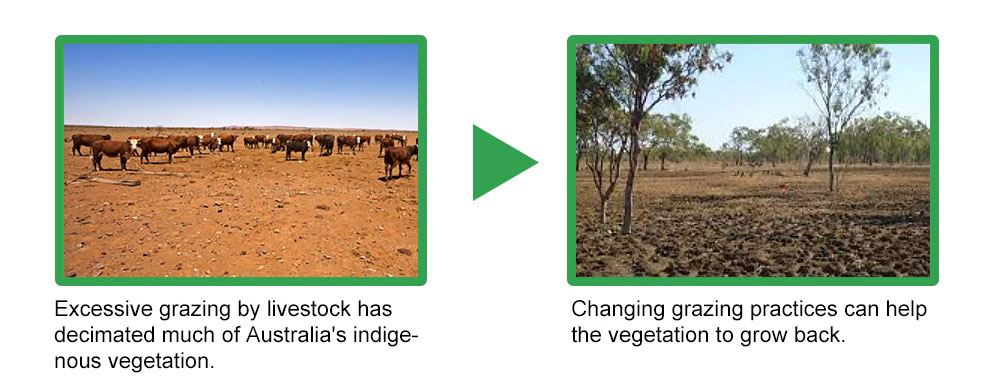
—— What are some of the ways that grazing and land-management practices are being improved?
Genta Livestock industry is one of Australia's most important industries, so the idea is to protect the industry but at the same time effectively control how livestock is farmed. It starts from identifying the areas where the regeneration of native forests is being prevented by grazing, and introduce certain changes in the management of grazing, such as limiting access of livestocks by fencing and restricting water points. This keeps the livestock out from those restricted areas, thus encouraging the natural regeneration of the plant within those areas. When we talk about regenerating native forests, most people probably think of planting trees. Although planting is an effective method for reforestation, it requires a lot of human resource which result in higher cost. On the other hand, HIR is a highly effective methodology that uses very few resources, making it a cost-competitive option with good business potential.
Goal: 100 million tons CO2 abatement by 2050
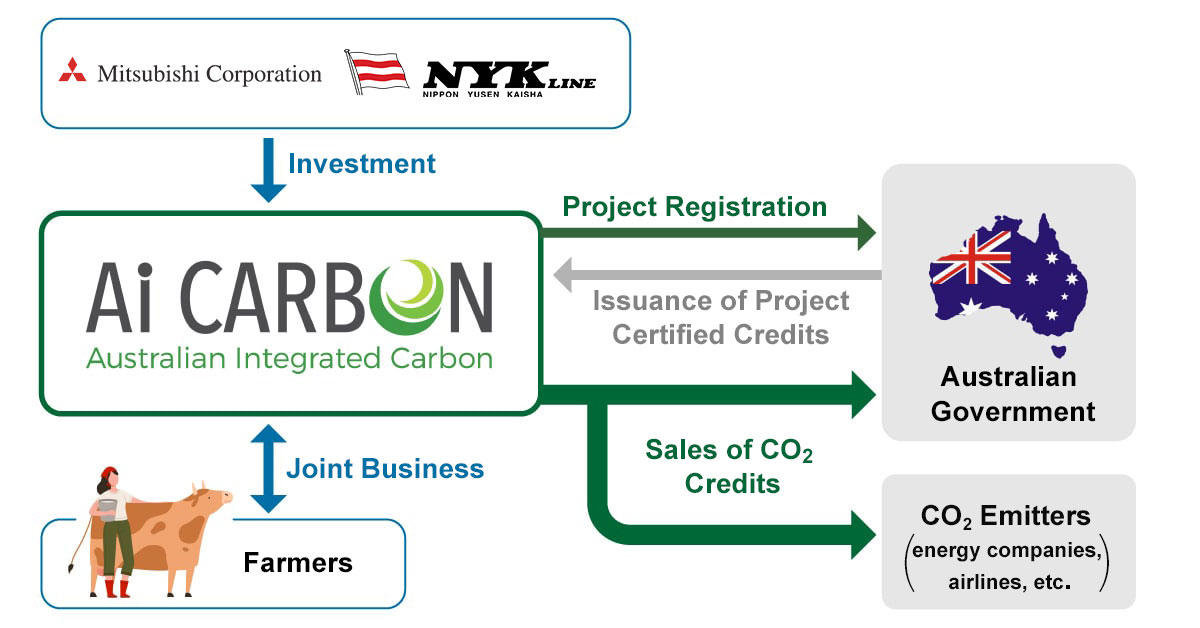
—— Can you explain a bit more about the project's business model?
Genta Sure. AI Carbon is one of the companies engaged in this carbon credit business, which allows participants to sell the credits that they have accumulated by removing atmospheric CO2 through native forest restoration. MC and Nippon Yusen became AI Carbon's leading shareholders through their joint investment in the company in 2021. Otoha The HIR methodology is one of the main focus of AI Carbon's activities. The company works as a project development partner with Australian farmers to review and improve their grazing practices and regenerate native trees and vegetation. Satellite imaging, field surveys and other means are used to regularly check how well the native forests are regenerating, and AI Carbon reports this progress to the Australian government. Once calculations are made to determine how much CO2 will be absorbed by the new growth, AI Carbon is granted with the equivalent amount of ACCUs. The market for buying and selling those credits is managed by the government, and both public and private interests can trade on it. Genta The Australian government plays an extremely significant role in this business model, having established its carbon-credit purchasing system and backing it with a total of 4.55 billion dollars (AU) in public funding since 2015. The credits traded on this market in 2022 represented abatement of approximately 23 million tons of CO2, making it one of the world's largest. These government-certified credits are providing more incentive to decarbonization and HIR projects.
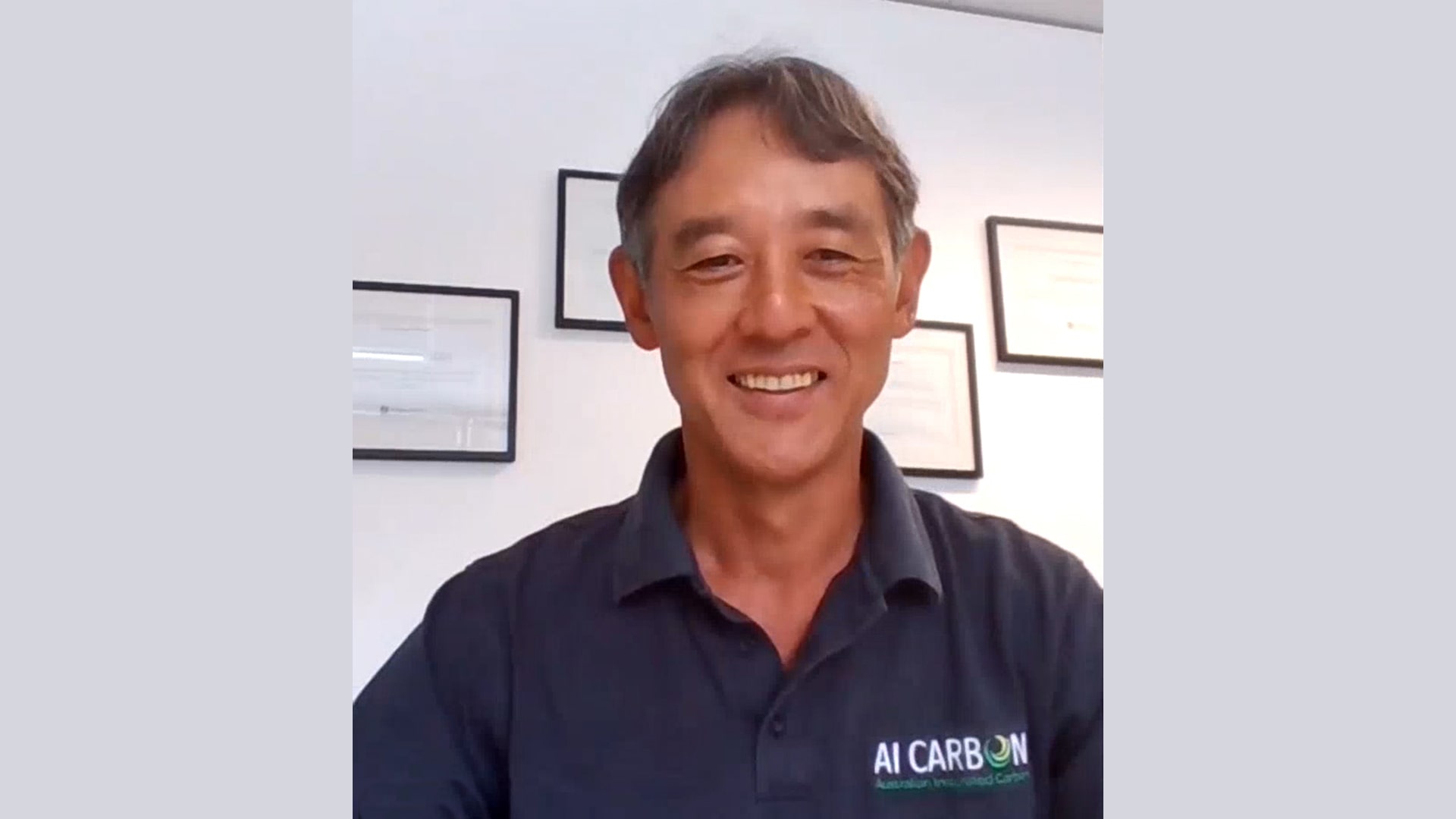
—— What does AI Carbon do?
Genta AI Carbon was established in 2016 with a mission to work with Australian farmers on decarbonization. Its founders include a former banker, a former farmers association rep, and a former state minister for food and agriculture. Although the company was launched with just a few private investors, it has grown quite rapidly and today has a number of corporate shareholders, including MC. Most of the employees at AI Carbon are specialists in either ecology or spacial analysis. The ecologists are responsible for conducting vegetation surveys, including general assessments of things like water circulation and weather conditions, and predicting where native trees and plants will be able to regenerate. The spacial analysts use satellite and drone imagery to create area maps, and analyze regrowth conditions . The team has really demonstrated its expertise in selecting the best lands for regrowth and making accurate, efficient calculations and forecasts. That expertise is no doubt the secret to AI Carbon's success in rejuvenating Australia's indigenous vegetation. AI Carbon has other key roles as well. For example, we must obtain livestock farmers' understanding and support of our entire business model. Furter, once the farmers are onboard with all aspects of the credit scheme, we must work closely with the farmers to support improve their methods. These kinds of specialized intelligence and agricultural business acumen have become major strengths for AI Carbon.
—— How much farmland has been covered by this project, and how much is it achieving, in terms of annual CO2 absorption?
Otoha The lands managed by AI Carbon are increasing day by day, but right now the total area is about eight million hectares. To give you a sense of scale, that's roughly 40 times the size of Tokyo. Estimates are that native biomass can be regenerated on about 2.4 million hectares of that land, which is roughly 30% of the total. The business is expanding, and AI Carbon is aiming for annual CO2 absorption of up to five million tons and a total of 100 million tons by 2050.
Inspired by Specialists' Mission
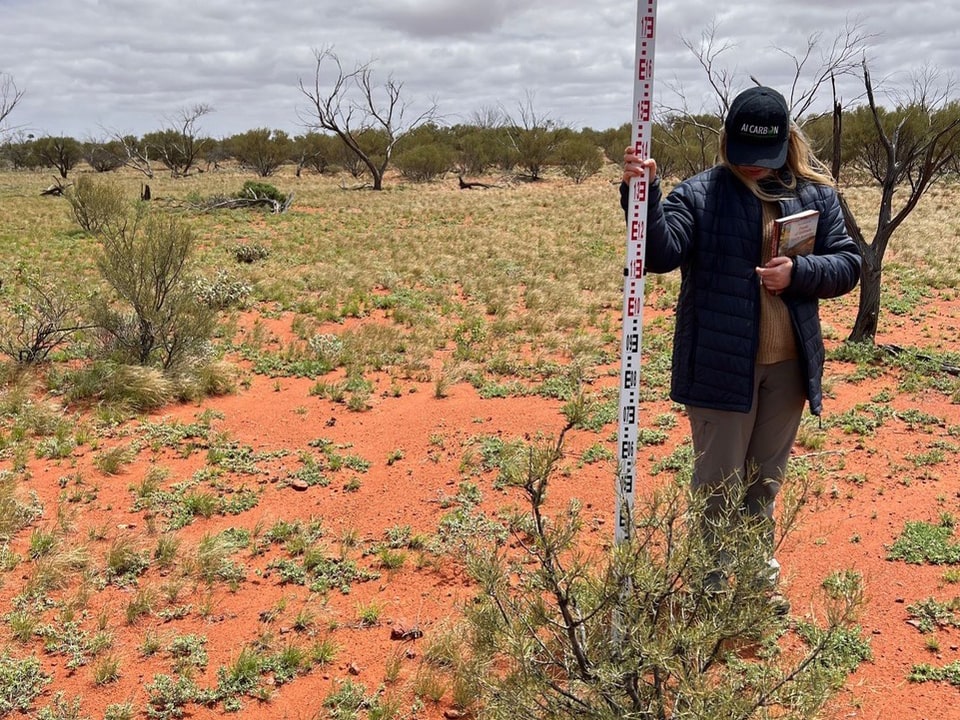
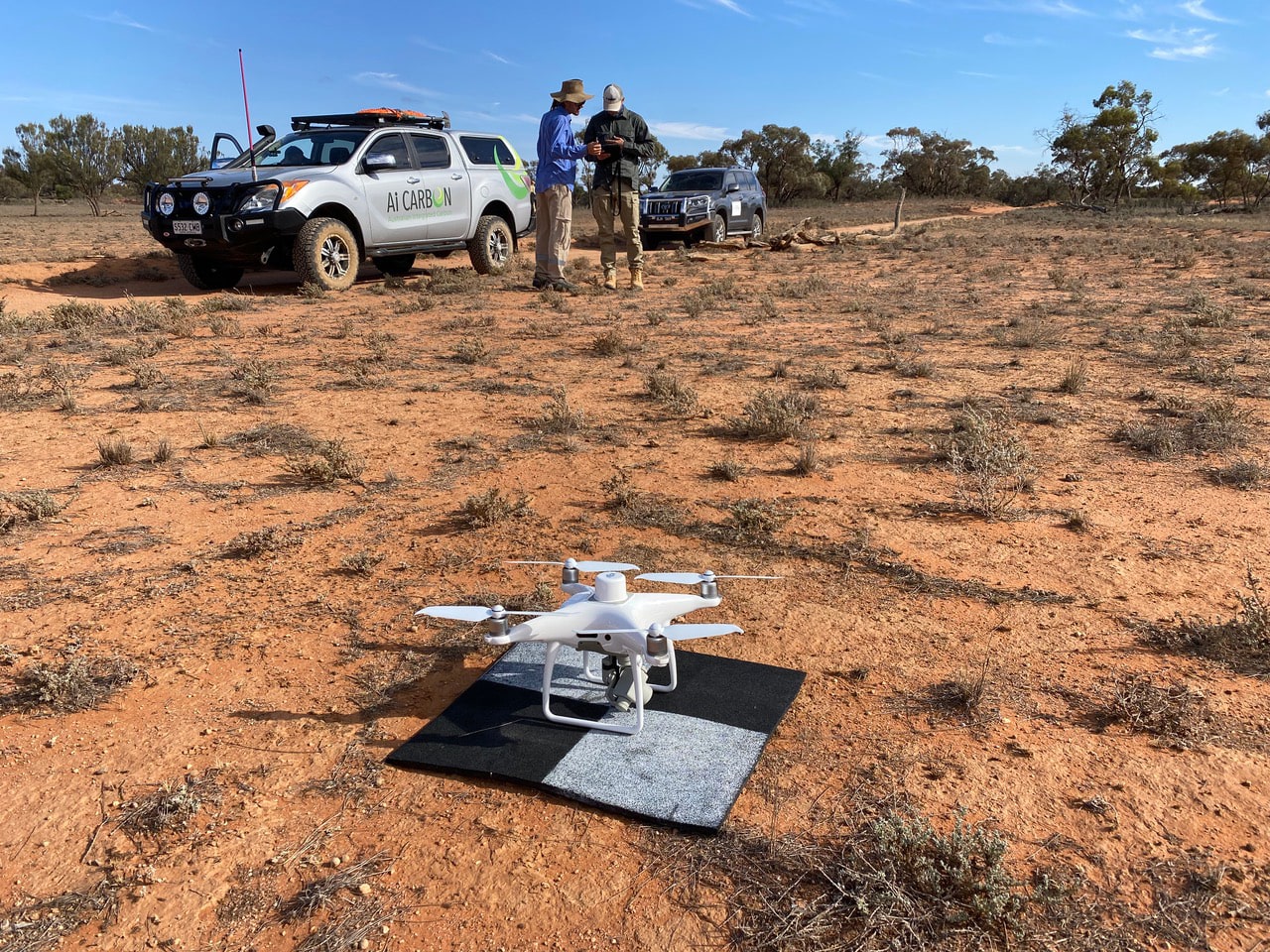
—— I understand that you have a lot of international experience, Mr. Tsujikawa, but what have been your impressions of Australia during your assignment there?
Genta Well, the first thing that struck me was just how huge the country is (laughs). In Japan, the size of a typical farm land is within the visible range, but Australian farmlands are on a totally different scale. It's not unusual there for a single farm to cover an area as large as Tokyo. Further, the thing that impressed me most though, was how conscious everyone is of decarbonization. I think a lot of your readers will remember this, but in 2019 Australia suffered some of its worst ever bushfires, which had a devastating impact on the country's animal and plant. Then in 2022 and 2023, it was hit by torrential, once-in-a-century rains, which caused massive flooding in some areas. With the effects of climate change being felt so keenly here, both the government and citizens of Australia understand the crisis it represents, and they are very conscious of the need to lower CO2 levels. When it comes to social awareness about decarbonization, Australia is light years ahead of Japan.
——Tell us a little bit about what you do at AI Carbon, as you're currently on secondment there from MC.
Genta Simply put, my job is to help form the company's shape its identity as a business entity. The business of regenerating native vegetation is still in its infancy. In the past, this kind of work was done by government bodies or NGOs, but the Australian government's system for buying and selling carbon credits has been instrumental in facilitating participation by private companies like MC. It's difficult to predict how this business will further evolve, because there's always the possibility of future pivots in government policy changing the landscape, but right now we're seeing a lot of opportunities for new business creation. My goal is to identify those possibilities while also delivering solid results from AI Carbon's current projects. I've gained experience in organizational management at MC, but the size and stage of this company are completely different from anything I've been involved in before, and I'm finding that there are many challenging aspects to the business. For example, in terms of age and background, most of the spacial anaylists who examine the data are really young, in their 20s, but on the ecology side there are a number of veterans who used to work in public sectors. And such unique group of people is headed by the CEO who is an entrepurener with a background as a banker. With such varieties in background and age, we often tend to have differences in each other's view and priorities. Having said that, I think the galvanizing factor is the belief that our business is benefitting the natural environment, and every employee at AI Carbon shares that belief. By making that our priority, we're able to have earnest discussions and work together as a team with a strong bond. I'm convinced that AI Carbon is growing more united as a company, so even though there are various hurdles we have to overcome, I am enjoying that challenge and a sense of acheving the goals bit by bit every single day.
——You mentioned that project lands covered by AI Carbon are growing well, which I imagine the ground level work is gradually getting busy.
Genta Absolutely. It's really busy and it's also irregular. We talked about the ecologists and spacial analysts going directly to the farmlands, but in Australia that means heading to the country's vast, arid interior referred to as the Outback. In the Outback, you can drive ten hours in one direction and reach places so remote that your only bed for a week will be your sleeping bag! There's always the risk of accident or injury, and the land at your destination isn't guaranteed to be suitable for regeneration. That's why I have the utmost respect for AI Carbon's employees, who remain so committed to the work despite the unforgiving conditions. I think the sense of mission this business instills in us is what keeps everyone going, and personally, I feel quite fortunate to be able to work in such an amazing country alongside so many talented and passionate professionals.
A Business Capable of Achieving MC's Three-value Mission
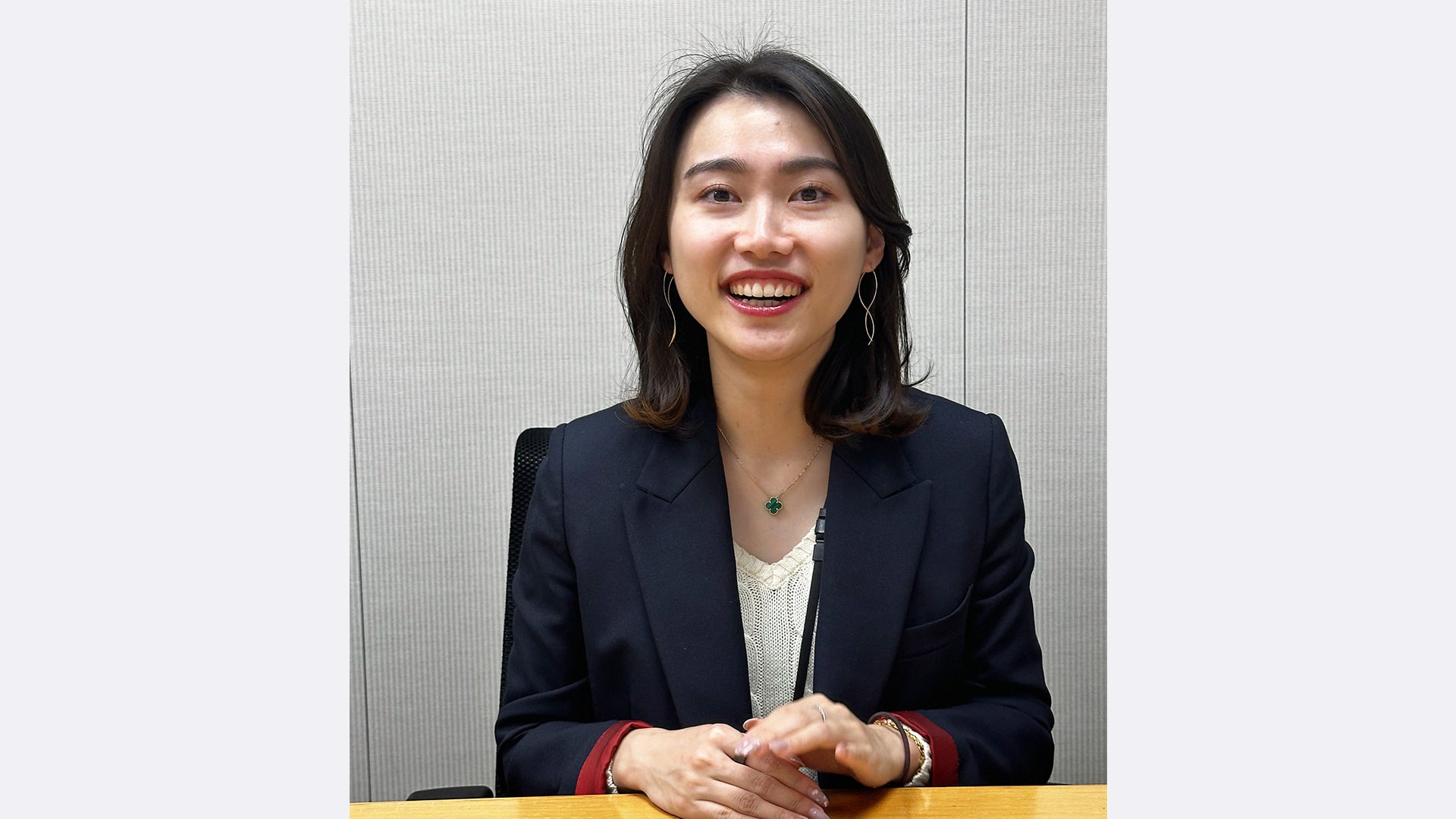
—— I have to ask, considering its bread and butter is energy, what compelled MC's Natural Gas Group to get involved in this project?
Otoha In the Natural Gas Group, we have been promoting to decarbonize the supply chain in liquefied natural gas (LNG). Historically MC has been involved in multiple business in Australia including natural gas and metallurgical coal operations, and there are obligations to reduce their greenhouse gas (GHG) emissions. All of this came about due to the urgency with which carbon management is being addressed in Australia. Obviously, the purchase of carbon credits is one way to cut GHG emissions, but MC saw the societal implications and value in working with its partners to develop these kinds of credit schemes. The intelligence we gain from projects like this can only add to our company's expertise, which is why we got involved and decided to invest in AI Carbon. Genta MC views natural gas and LNG, which have limited environmental impact, as essential resources of energy during the transition to a carbon-neutral society. It can support conversion from coal and petroleum fired plants,support the intermittency of renewables, and also serve as a raw material for next-generation fuels. The world can't just suddenly stop using fossil fuels, and the LNG supply chain will play a vital role during the transition period, which makes it significantly important to figure out how to lower its CO2 emissions. Advances are being made in technologies, but right now, nature based solutions are both more practical and cost effective. This is why I was so excited to get involved in this business, even though it's completely unlike anything else I've done in my career.
—— So would you say that MC's investment in AI Carbon is symbolic of its valued principles?
Otoha Definitely. This native forest regeneration project is perfectly suited to MC's goals, which are to simultaneously create economic, societal and environmental value and achieve sustainable growth. In terms of environmental value, regenerating native forests to absorb CO2 clearly has great significance. The societal value of this project is in its providing farmers with earnings stability, as the credit market gives them a secondary source of income. It will also help to maintain Australia's livestock industry. The economic value is created by Australian government's support for buying carbon credits, which was also a major turning point for MC to participate. This project is model case for MC which clearly achieves economic, societal and envrionmental value.
The First Step in Humankind's Confrontation with Climate Change
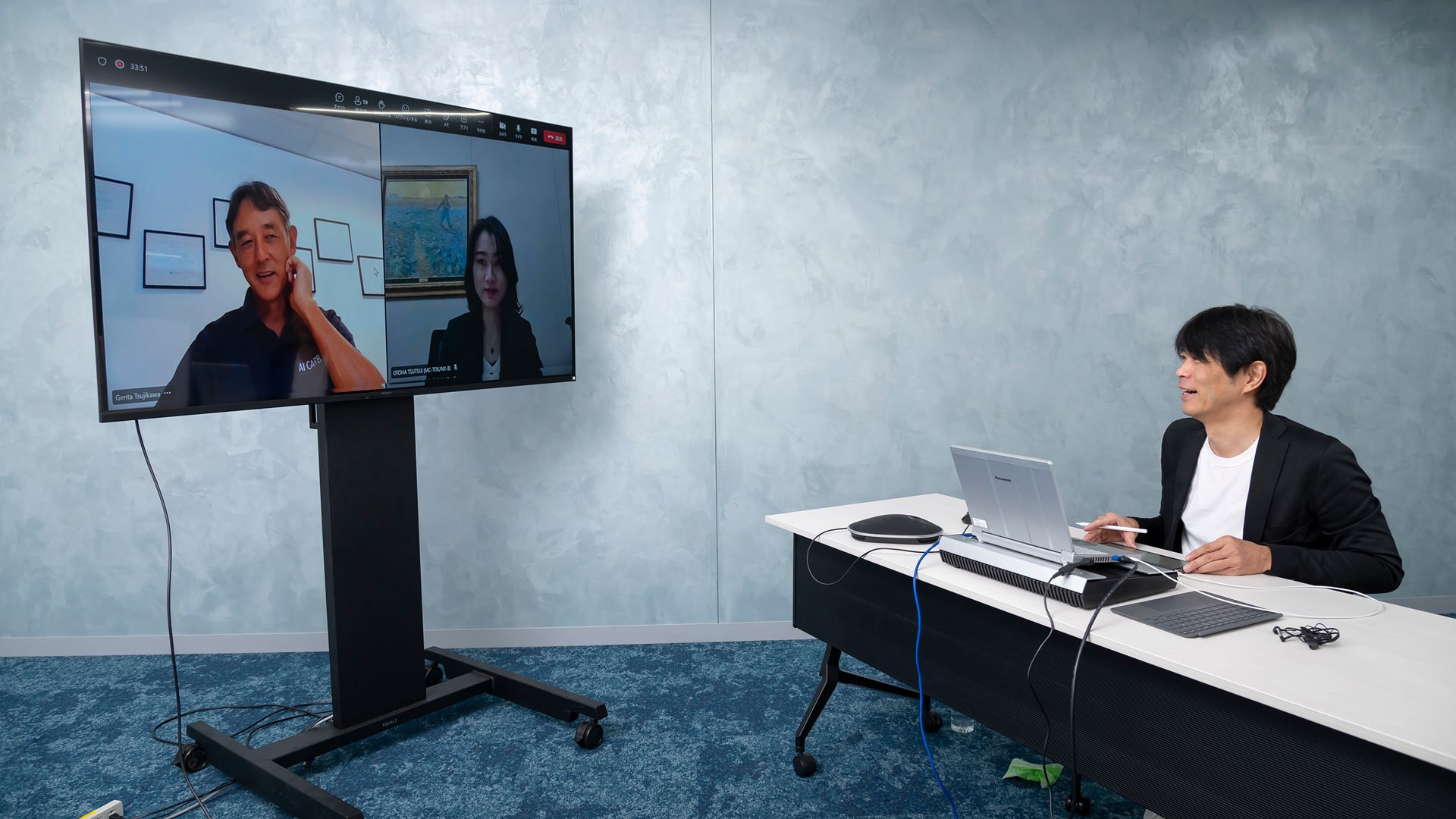
—— How will MC make use of the intelligence it gains through this project?
Otoha Firstly, we'd like to achieve MC's role to decarbonize the LNG supply chain and help societies achieve net zero by supporting AI Carbon's growth over the medium to long term. Looking more to the future, we also hope to gain more intelligence in HIR, get involved in new methods to remove CO2 from the atmosphere and store it in vegetation, and try to expand and develop those projects in other parts of the world. Genta The most important thing right now is to ensure stable growth for AI Carbon, so we can sustainably regenerate the native forests. In the future, MC may be able to leverage its multi-industry connections to other new initiatives such as afforestation, and also be involved in carbon accounting, which is the practice of calculating things like GHG emissions and reductions associated with business activities. I'm looking forward to all kinds of opportunities and challenges.
—— I'd like to conclude our discussion by asking each of you to sum up your thoughts on this business and your aspirations.
Otoha I've been with MC for six years now, but ever since I first started looking for a job, I've wanted to devote the rest of my life to helping our world decarbonize. I began doing research on mulberry leaves in high school, and since then I've been involved in a lot of studies on ecosystems. Such experience has navigated me to be involved in biodiversity and climate changes. This project to regenerate native forest requires tenacity, speed and constant learning, no doubt it is challenging. On the other hand, it's also inspiring because it gives us the chance to actually witness restoration of original landscape with native forests to our world. In the future, I hope to work with people, both here in Japan and around the world, to help grow these businesses and realize carbon neutral society. Genta I think regenerating lost forests is a challenge beyond the scope of human intellect. No matter how rigorously our experts analyze the data, some of the forests may just refuse to regrow. Ten years from now, our natural environement may be different from what we predicted with the human intellect that we have today. Even so, continuing with this challenge represents the first step towards changing our societies for the better, and I think taking that step is our responsibility to future generations.
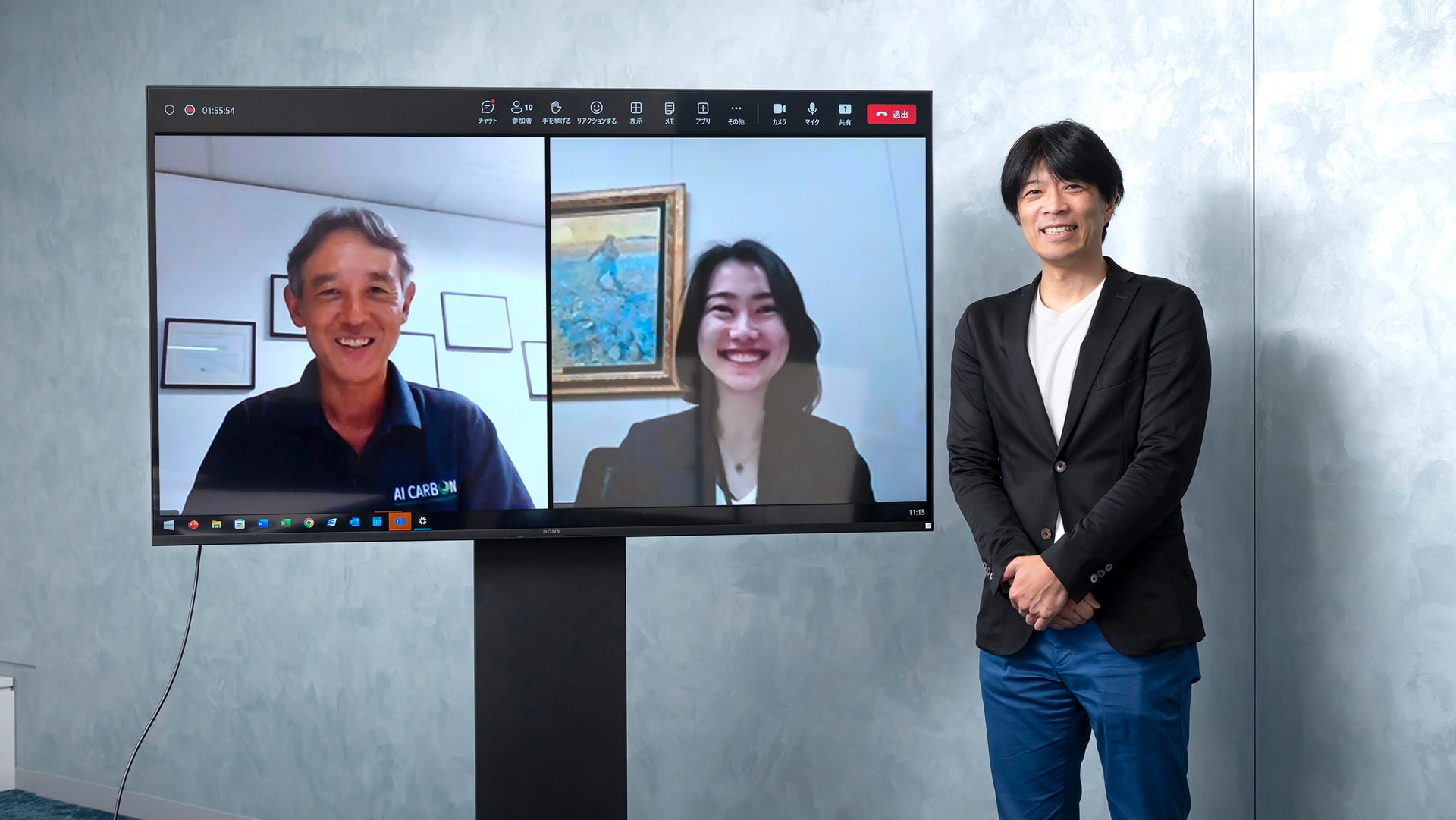
- Part 2 will feature the first half of a report on a new project being undertaken by MC to reduce methane emissions from rice paddies.
-
Teaming with Farmers to Decarbonize vol.1
Improving Grazing Practices Regenerating Native Forests in Australia -
Teaming with Farmers to Decarbonize vol.2
Lowering Methane Emissions from Rice Production
Supporting Farmers and Decarbonization -
Teaming with Farmers to Decarbonize vol.3
Rice-paddy Methane Reduction Project Goes into Full Swing
More Growth Anticipated in Regionally Supportive, Eco-conscious Agriculture
